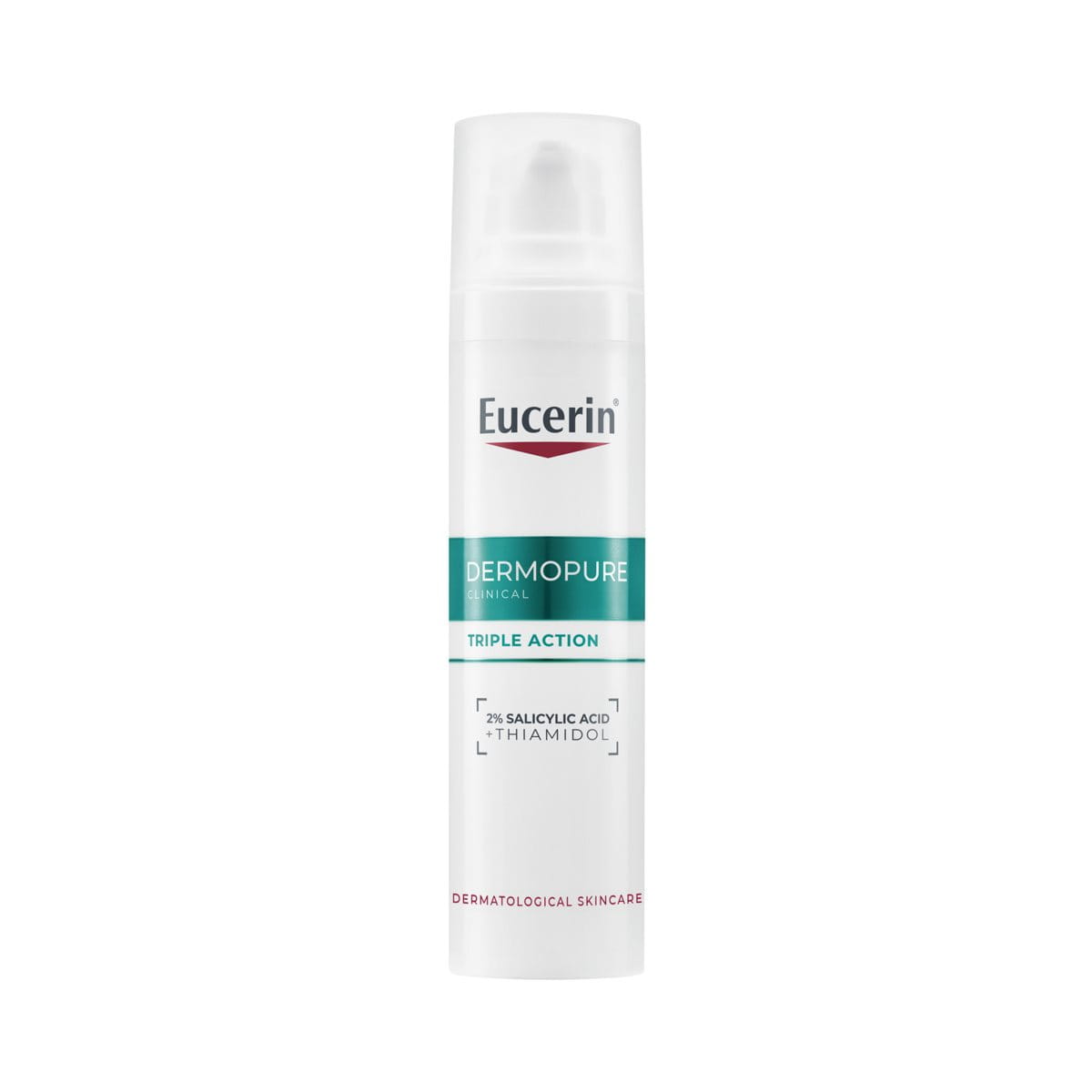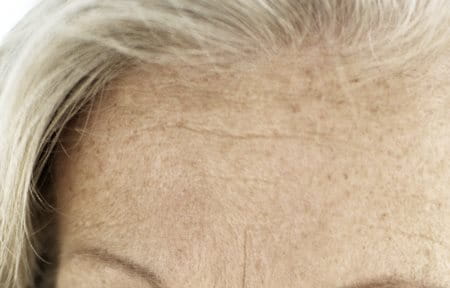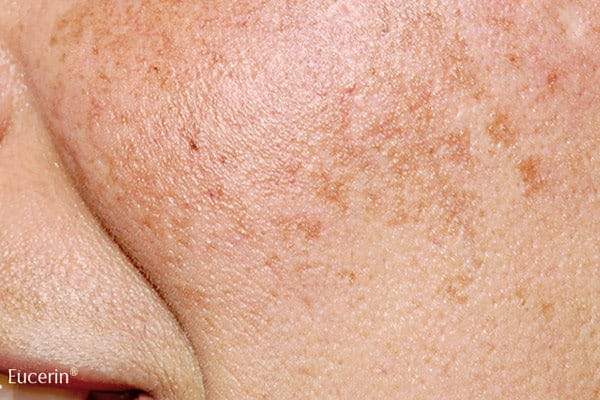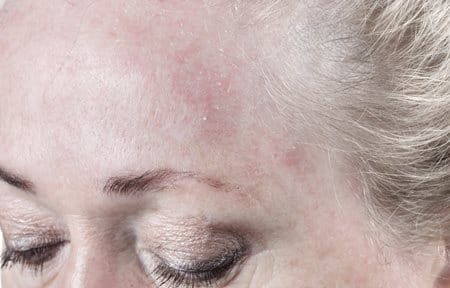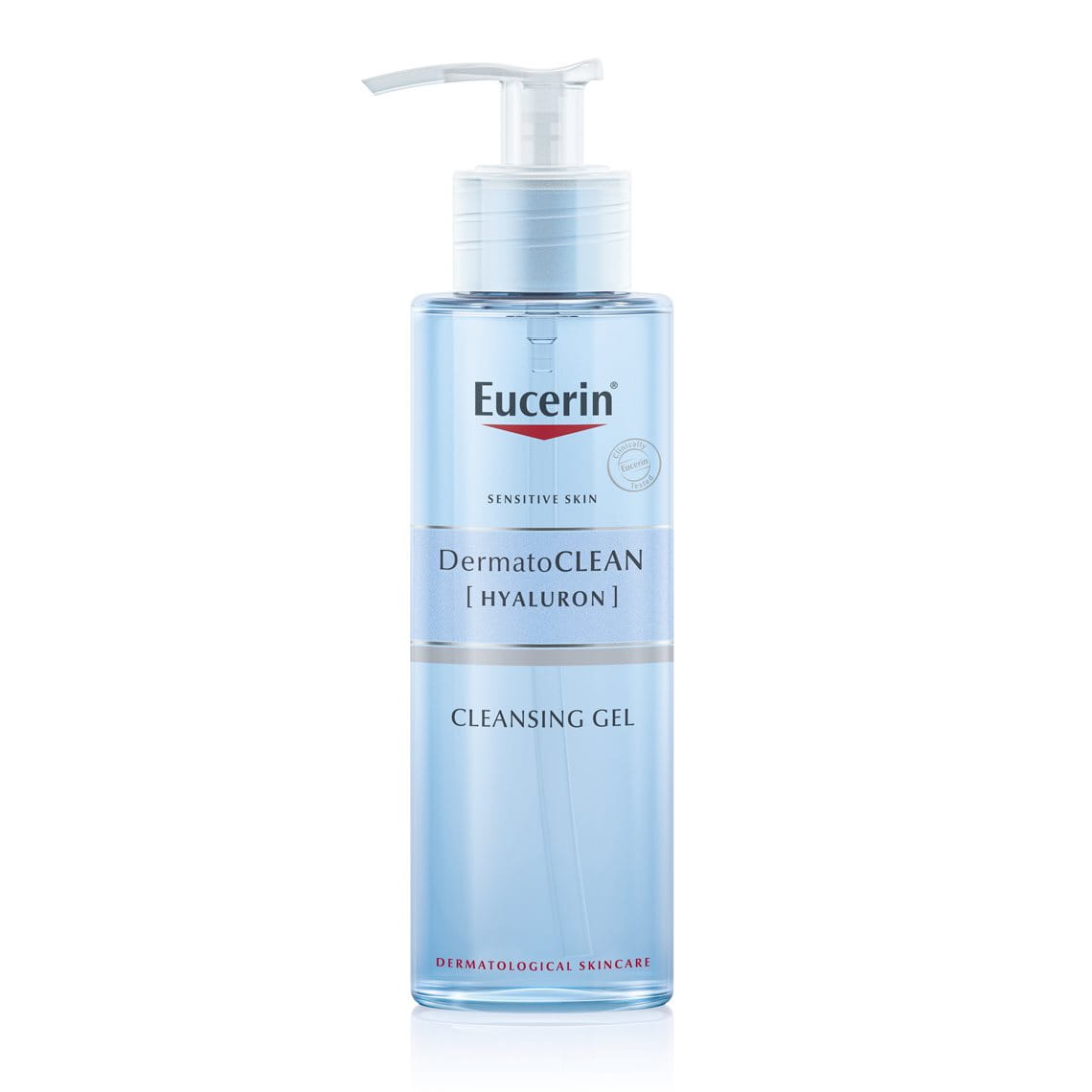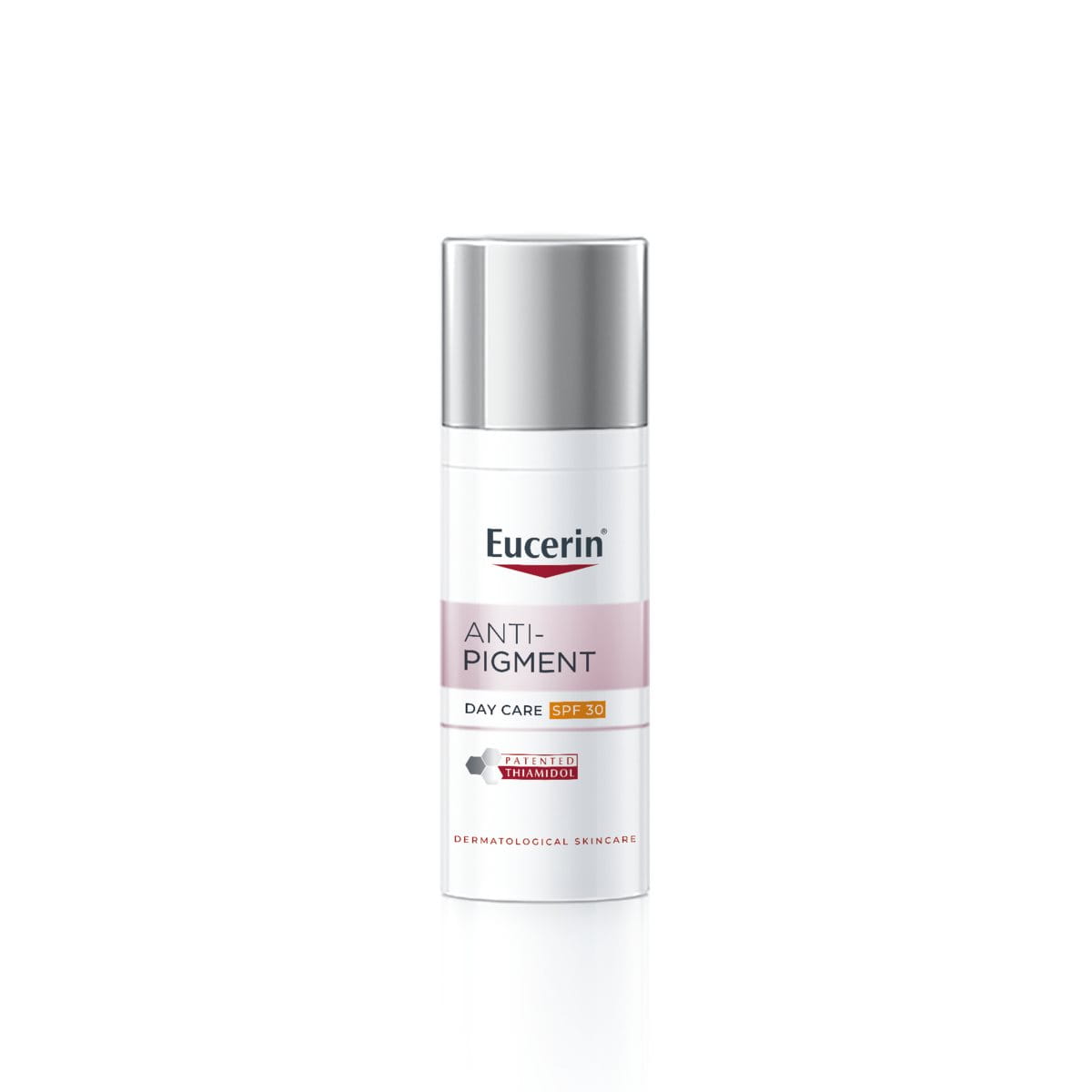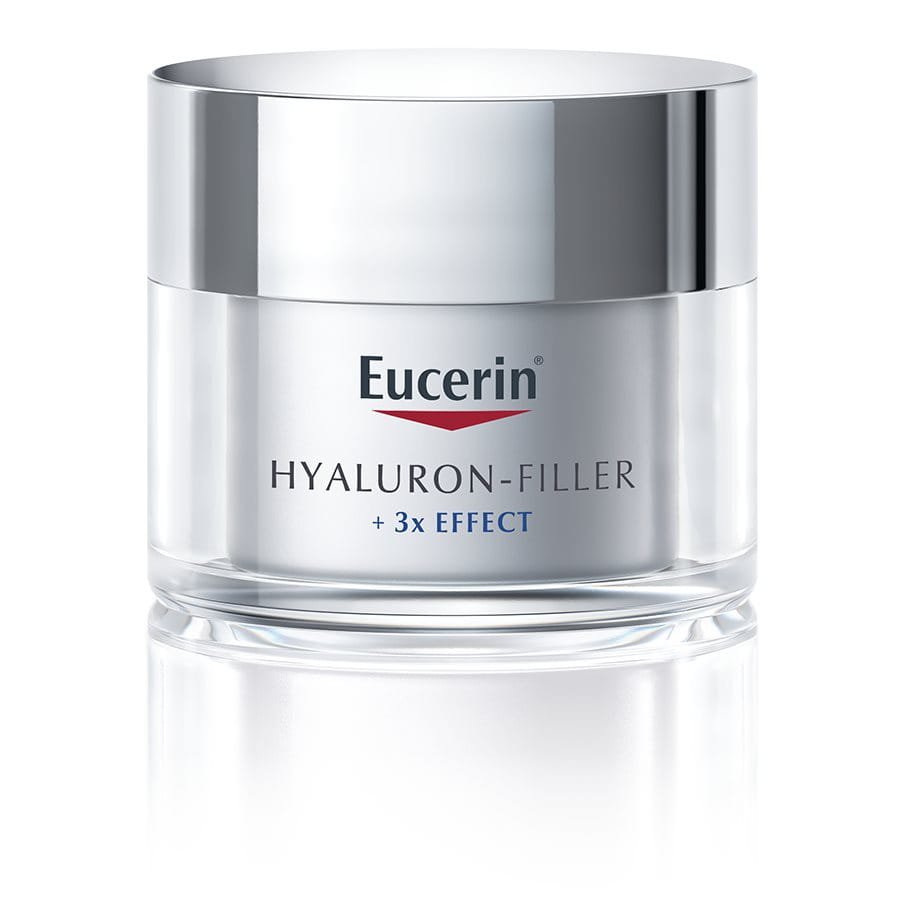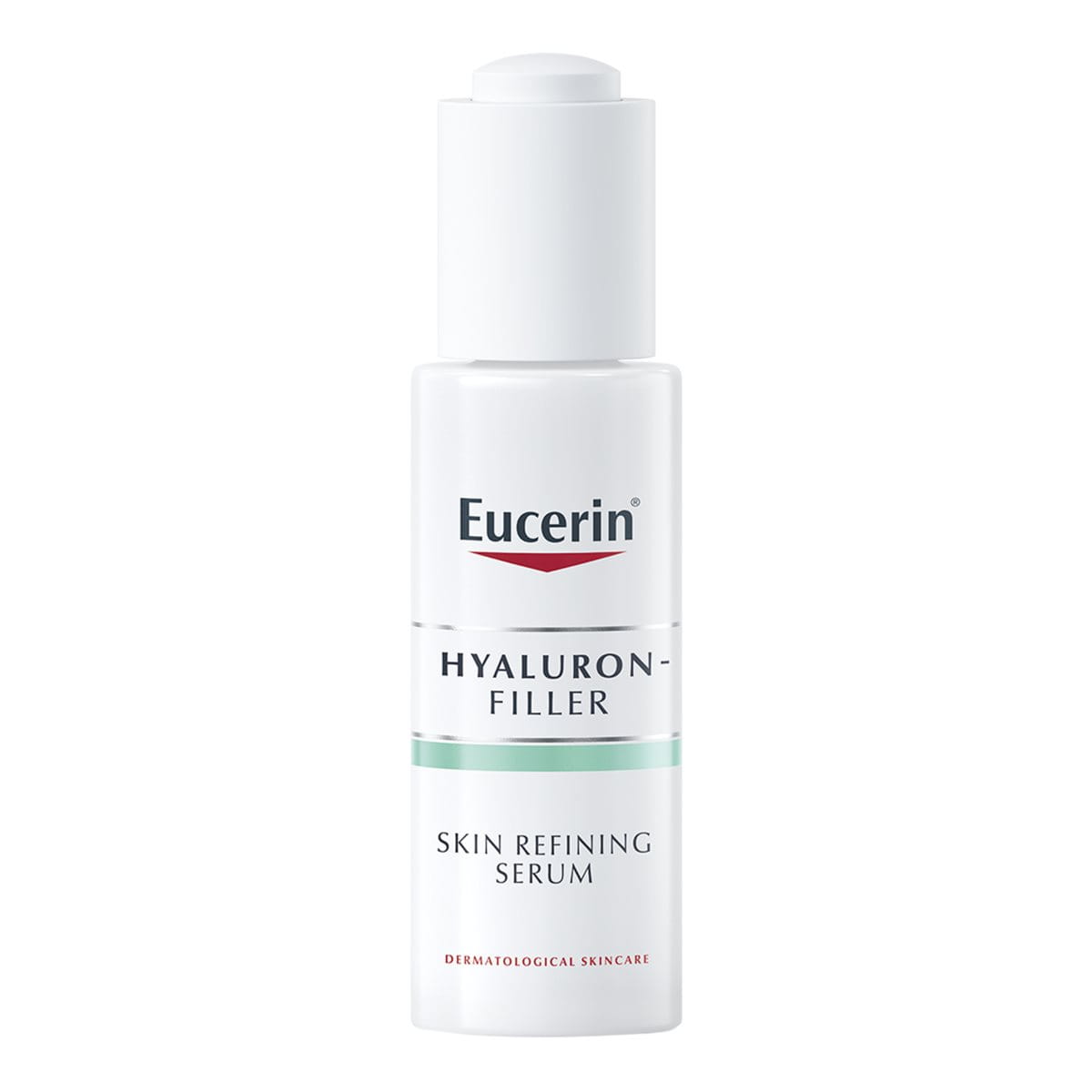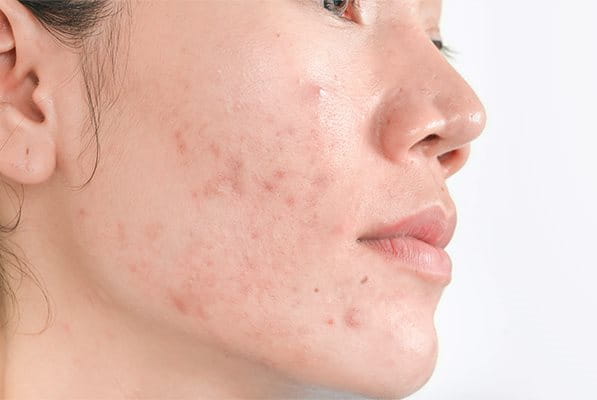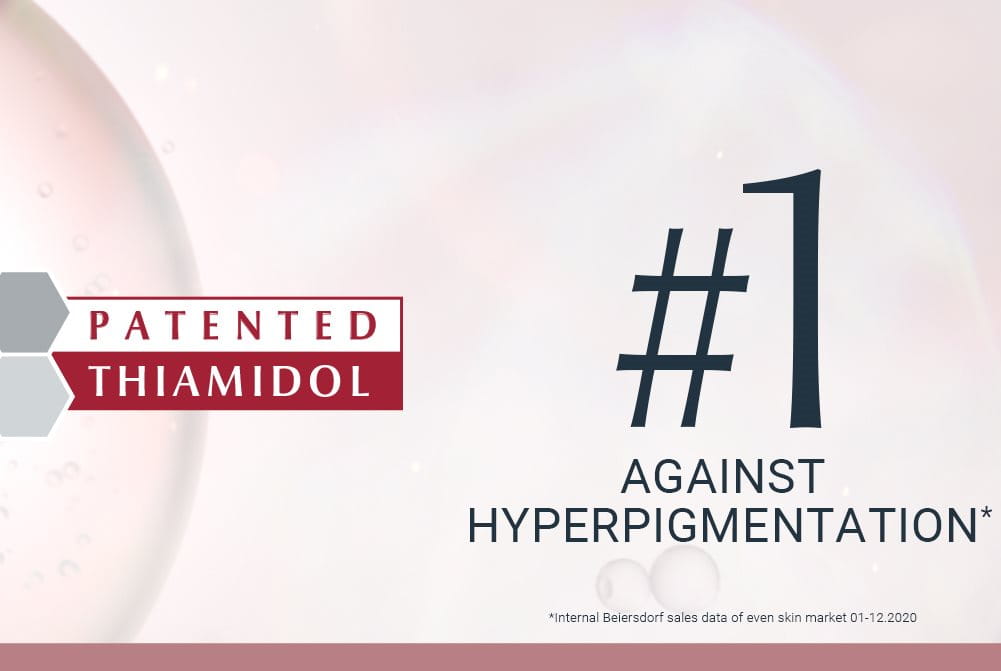An uneven skin tone is essentially a broad term for skin that has variations in colouring and texture, such as blotchiness, dry patches, hyperpigmentation and sun spots. It can appear on the face and on the body, for example on the legs. Skin tone evenness can vary widely in severity and many people might experience hyperpigmentation without realising.
Hyperpigmentation is the most common reason for uneven skin tone. It may sometimes be mistaken for freckles as it appears as slightly darker uneven patches across the skin. It is caused by extra melanin clustering into spots or patches that can vary in colour from red to brown. The appearance can sometimes bother people as it can make the complexion look less clear.
Although it is difficult to achieve a perfectly even skin tone, it is possible to reduce the visibility of imperfections and protect your skin going forward.

